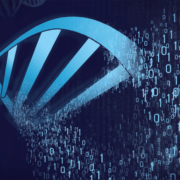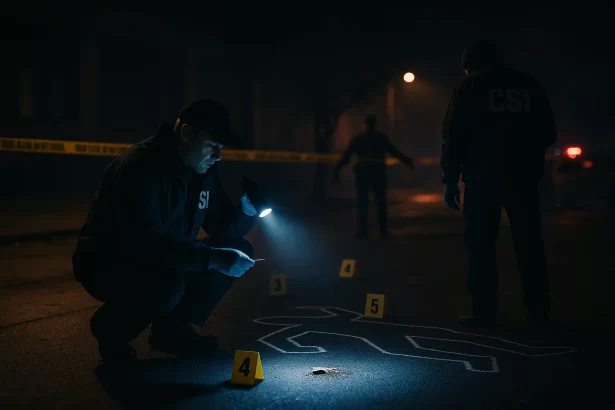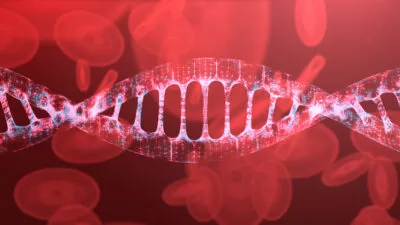Codons are triplets of DNADNA, or Deoxyribonucleic Acid, is the genetic material found in cells, composed of a double helix structure. It serves as the genetic blueprint for all living organisms. More or RNA nucleotides that code for specific amino acids essential for protein synthesis.
Codon: The Language of Genetic Translation
Codons are the fundamental units of the genetic code, playing a pivotal role in translating the genetic information stored in DNA into the proteins essential for life. These DNA sequence triplets correspond to messenger RNA (mRNA) nucleotides, and each codon encodes a specific amino acid, contributing to the synthesis of proteins.
The Genetic Code and Codons:
The genetic code is a universal language that provides instructions for building and maintaining living organisms. It comprises a series of codons, which are sequences of three nucleotides in DNA or RNA. These nucleotides serve as the alphabet of this code, with each triplet representing a specific amino acid. There are 64 possible codons, including those that signify the start and stop signals for protein synthesis.
Transcription and Translation:
The process of translating genetic information from DNA to proteins involves two main steps: transcription and translation.
- Transcription: In the first step, a DNA segment containing the interest gene is transcribed into a complementary mRNA molecule. During transcription, RNA polymerase reads the DNA sequence and assembles a matching RNA strand, with the thymine (T) in DNA replaced by uracil (U) in RNA.
- Translation: The second step, translation, occurs in the ribosomes of a cell. Here, the mRNA molecule is read by ribosomal complexes, which consist of ribosomal RNA (rRNA) and protein subunits. The ribosomes move along the mRNA, decoding the codons and attracting transfer RNA (tRNA) molecules that carry the corresponding amino acids. As the ribosome advances along the mRNA, it links the amino acids the tRNA molecules carry, forming a polypeptide chain that eventually folds into a functional protein.
Start and Stop Codons:
Among the 64 possible codons, certain codons hold special significance. The codon “AUG” serves a dual purpose—it codes for methionine and initiates the process of protein synthesis. The genetic “go” signal commences the translation of mRNA into a protein. In contrast, there are three codons, known as stop codons (UAA, UAG, and UGA), which signal the cessation of translation, prompting the ribosome to release the completed protein.
Variation in Codon Usage:
While there are 64 possible codons, only 20 standard amino acids exist. This genetic code redundancy means multiple codons may code for the same amino acid. For instance, the amino acid leucine is encoded by six different codons (CUU, CUC, CUA, CUG, UUA, and UUG), highlighting the flexibility of the genetic code.
Codons in Forensic ScienceDiscover the fascinating field of Forensic Science, the application of scientific principles to legal matters. This post delves into its many disciplines, from DNA analysis to crime scene investigation, its importance in the justice system, and the core tenets that guide forensic experts in their quest for truth. More:
Codons are crucial to forensic science, particularly in the field of DNA analysis. When analyzing DNA evidence, forensic experts focus on specific DNA regions with known variations in codons, such as variable number tandem repeats (VNTRs) and short tandem repeats (STRs). Forensic scientists can identify unique genetic profiles that help link suspects to crime scenes or establish familial relationships by examining the number of repeats at these loci.
In Summary:
Codons are the essential triplets of genetic information that encode specific amino acids, serving as the basis for protein synthesis. They are an integral part of the genetic code, playing a key role in transcription and translation, and are central to the fields of genetics and forensic science.





